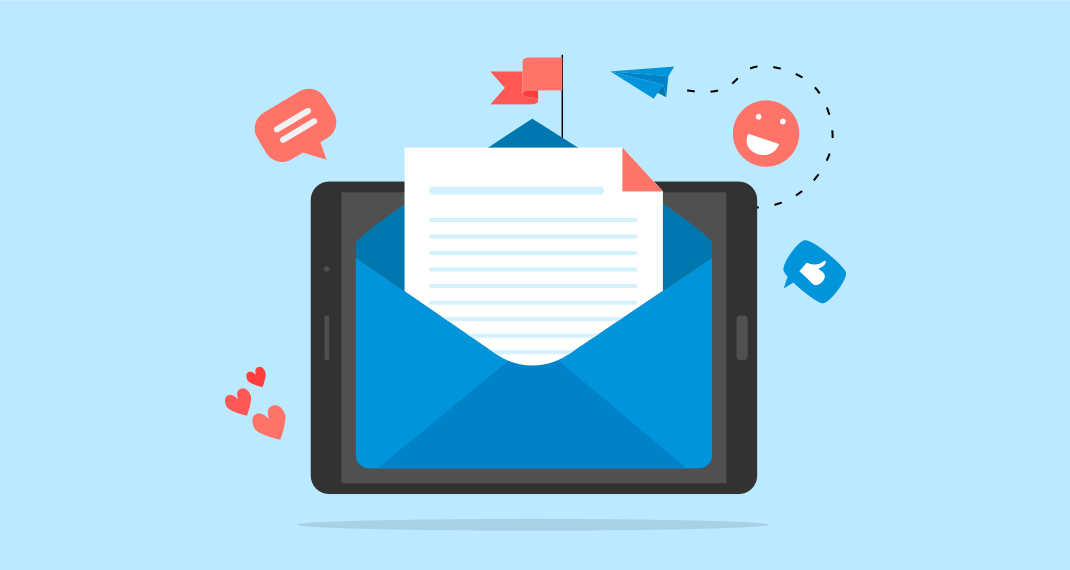In the dynamic realm of e-commerce and online retail, the power of email as a strategic tool remains undeniable. Among various email marketing strategies, one particularly impactful approach is the use of replenishment messages. This article explores the importance of replenishment emails and how they can be a game-changer for businesses looking to enhance customer experience and drive repeat sales.
The Essence of Replenishment Emails
Replenishment emails are automated messages sent to customers to remind or encourage them to repurchase products they may be running low on. These emails are especially relevant for products that have a predictable consumption cycle, such as skincare items, supplements, or groceries. They serve as timely nudges, ensuring that customers are reminded to reorder products before they run out.
1. Personalized Shopping Experience
Replenishment emails offer a personalized shopping experience. They show customers that a business understands and anticipates their needs. By analyzing past purchase behaviors, companies can predict when a customer might need a refill and send them a reminder at just the right time.
2. Enhanced Customer Retention
By keeping your brand at the top of a customer's mind, replenishment emails play a crucial role in customer retention. They encourage repeat purchases by making the reordering process straightforward and timely, which in turn fosters customer loyalty.
3. Increased Sales and Revenue
One of the direct benefits of replenishment emails is the boost in sales and revenue. By reminding customers to reorder, businesses can ensure a steady flow of repeat purchases, which is a cornerstone of sustainable growth in the competitive online marketplace.
4. Reducing the Chances of Customer Churn
Replenishment emails reduce the risk of customers turning to competitors when they run out of a product. By preemptively reminding them to restock, businesses can prevent customers from exploring other options.
5. Gathering Valuable Data
Sending out replenishment emails can also provide businesses with valuable data on customer buying patterns and product lifecycles. This information can be used to refine inventory management, improve product offerings, and tailor future marketing efforts.
Implementing Effective Replenishment Emails
To implement an effective replenishment email strategy, businesses should:
- Analyze Customer Purchase History: Understand the average time it takes for a product to be consumed and tailor your email schedule accordingly.
- Personalize the Message: Use the customer’s name and past purchase history to make the email feel personalized and relevant.
- Offer Convenience: Include a direct link to the product or a pre-filled shopping cart to make the repurchase process as easy as possible.
- Test and Optimize: Experiment with different email formats, subject lines, and sending times to see what works best with your audience.
- Provide Value Beyond a Sales Pitch: Include tips on product usage, or other relevant content that adds value beyond just asking for a sale.
Conclusion
Stock-smart email strategies, particularly replenishment emails, are a powerful tool in the arsenal of e-commerce and online retail marketing. They not only enhance the customer experience by offering personalized and timely interactions but also contribute significantly to customer retention and recurring revenue. In the bustling online marketplace, where customer attention is a coveted resource, replenishment emails ensure that businesses remain a step ahead, perfectly aligning with their customers' needs.



